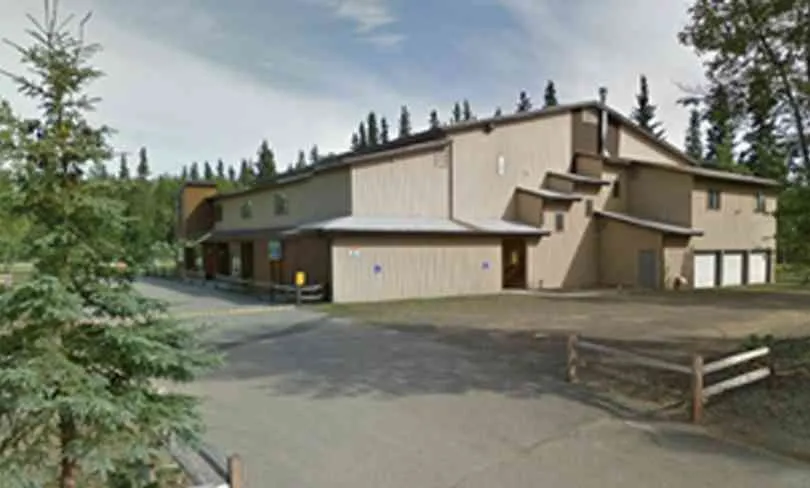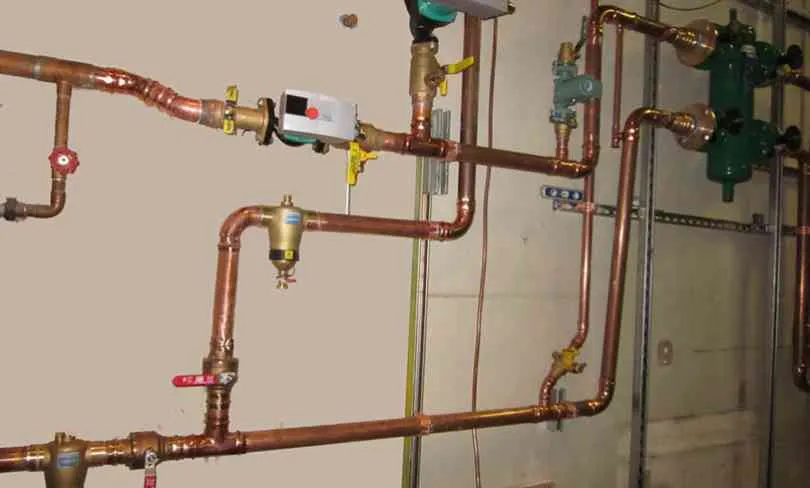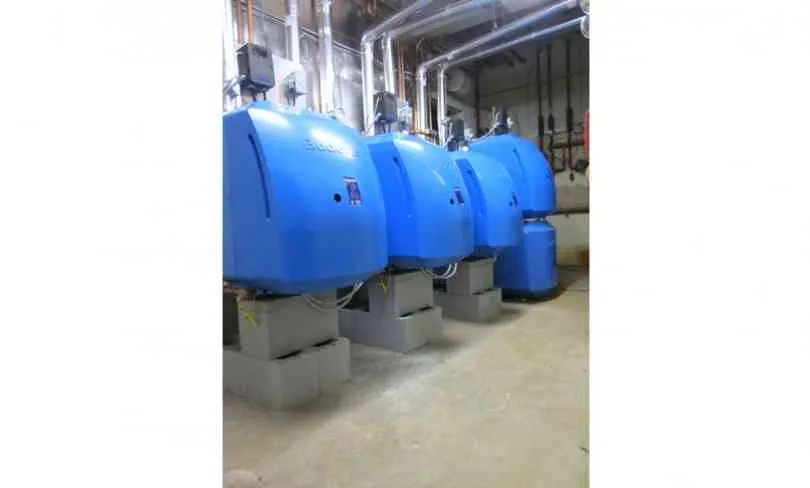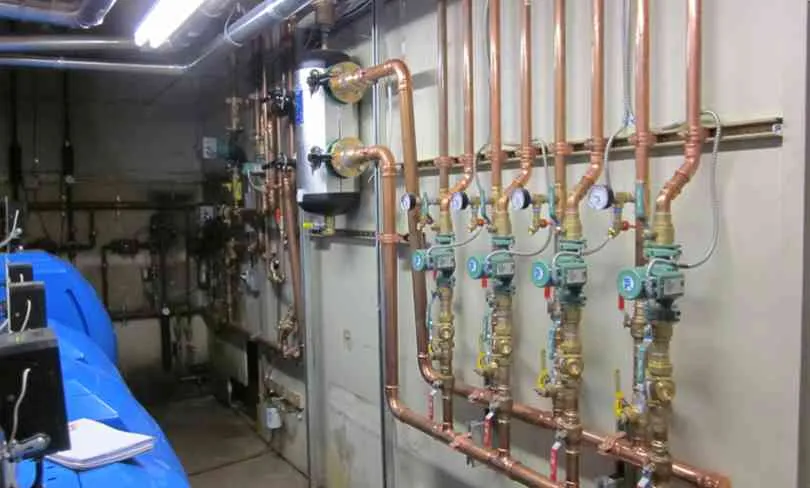Problem Solving Boiler Room Inefficiencies
Project (Fall 2012): Boiler Room Optimization
Place: Fairbanks First Church of the Nazarene - Fairbanks, Alaska
Design: HydroCal™ Hydraulic Separator and DIRTMAG™ Dirt Separator
Purchaser: White’s Plumbing & Heating - Kenai, Alaska
Nathan White prides himself on solving problems. It explains why he pursued engineering as a career and why most of White’s business is retrofits. Nathan explains the boiler room complexities and how he solved the heating issues at Fairbanks First Church of the Nazarene: “This old church we were asked to look at was a challenge. Though the original 25 year old boiler was still putting out sufficient heat, the continual failure of pumps, zone valves and other components was not adding up. That wasn’t all. The church said the heating bills were increasing each year. As it turned out we found the culprit to all the problems was simple: oxygen”!
A simple cause to the problem, but not so simple of a solution. The building had existing radiant floors in which the oxygen barrier in the tubing had failed. Commented White, “Oxygen just kept migrating through the tube walls into the fluid. The brackish colored water was the first tell-tale sign. Another type of air separator was being used but was insufficient in preventing rust and sludge from forming and causing binding of the pumps and clogging of the control valves. We determined it was too expensive to tear up the floors and replace the tubing”, said White. “This type of rubber tubing isn’t manufactured anymore because of this issue. Because the system was consistently run at low radiant temperatures, the tubing was still flexible and we felt had sufficient life left. If we could provide a solution to rid oxygen quicker and inhibit the ongoing debris and rust formation, we could minimize maintenance expenses for the Church”.
Another issue concerned the boiler and water heaters. White determined the original boiler was sized three times too large because of a planned building expansion that never occurred. Domestic hot water (DHW) was being produced using electric water heaters given the large size of the original boiler. Said White, “Our solution was to parallel four oil-fired boilers. This way we could achieve a good turndown ratio and consume significantly less fuel. Because the DHW load was just below one boiler’s capacity, it made good sense to incorporate an indirect water heater to help reduce the large electric bills to heat water”.
The flow rating of each boiler was less than the total system flow at design conditions. “Though the boilers were a relatively large mass versus a condensing boiler, their size required us to go with primary/secondary piping. We put in a 4” Caleffi HydroCal which provided not only hydraulic separation but also substantially increased the air removal efficiency and added high efficiency dirt capture. With the proper flow going through them, those blue flame Buderus boilers could achieve their high efficiency rating."
Lastly, because of high electricity costs, ECM pumps were placed on the secondary loops. Said White, “Because we knew some oxide would continue forming, we wanted to insure long life for the pumps. We installed a DIRTMAG on each system loop to ensure oxide was captured rather than allowed to create future problems.”
Closed White, “The one year mark will be in a few months and we can then fully assess how large the Church’s annual fuel savings will be, but the installed Caleffi components have performed flawlessly and have done their job of maintaining proper fluid quality.”



















